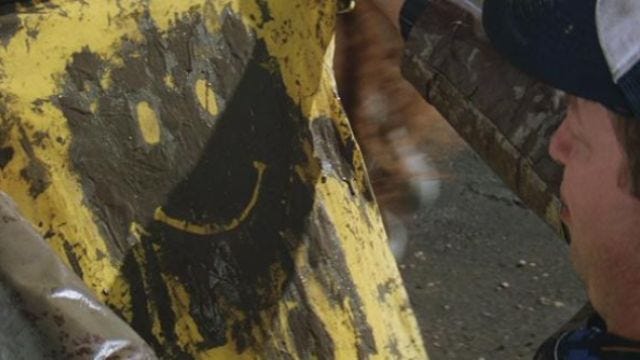When you instruct a generative AI to create a painting in a certain style, and the result comes out and looks indeed like a painting in that style, who is the auteur of this painting?
Consider the concept of “art” in the context of “state of the art”, “an art”, “the art of printmaking” — it refers to skills, techniques, craft that an artist can cultivate and master, with which to manipulate materials to expressed the intended vision. And throughout history we attributed value to “art” because of the underlying work and effort and struggle, it is somewhat costly and rare and thus scarce and valuable. When it’s too democratised, we tend to dismiss it as something “even a child can do”, or kitsch, or pastiche, or AI-generated.
There is a very logical linear view about the causality of artworks:
intention ⇒ materialisation ⇒ artefact
You first mentally conceive a painting, then applying your skills with the paint brush, you realise that vision on canvas.
So far so good.
Then, let’s consider a thought experiment illustrated in Forrest Gump (1994) — a mythical account of the creation of the smiley: Forrest was running (for a long time without apparent reason) and his face was covered in mud from the splash of a passing truck, the t-shirt business guy handed him a t-shirt (of an unsold variety) to use as a towel, and then he saw the pattern.
Forrest wasn’t trying to come up with a design. The t-shirt business guy didn’t commission a design (let alone with instructions). Therefore there’s no linear artistic vision preceding the artefact — the artefact first came into existence, then it was noticed for its artistic value.
Here the act of art-making is not distinct from the act of recognition — and the moment of re-intentionalising is not separate from the essence of authorship.
When you give a prompt to an AI and the AI generates lyrics and a whole pop song and when played in a noisy background it sounds to people just like another generic pop song — it says a lot, and not about AI’s capability: that pop songs are bland and repetitive (all songs have the same chords); that we conflate indistinguishability and suspension of disbelief with the quality of being genuine (the Turing test); that we have an innate and ingrained intuition about what sounds plausible for a category.
And in its essence, when something we are able to recognise is recast back to us in a recognisable form, it still resonates.
This is a type of atemporal reasoning, or non-linear causality, cf. “Arrival” (2016) / “Story of your life”. What is true is always true and has always been true, the sequence is immaterial (the Epicurean riddle cannot be resolved in a linear frame). The arrow of time is a metaphor, like the beginning, middle, and end in poetics.


